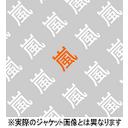
Toshogu Shrine is like a wonderland.
**Hermit Kinkou rides on the carp
The name of the Yomeimon came from one of the twelve gates in the Imperial court in Kyoto. That one also was called Yomeimon. Techniques of crafts and decoration such as coloring, metal fitting and sculpture, were gathered in the Yomeimon. People are not tired of looking at the gate all day long because of its excellence.
Especially, sculptures are remarkable. The number of the sculptures is over 500. Frame of "Tosho-daigongen" is put on the arched gable. Also, sculptures of dragon and Iki are put under the frame of "Tosho-daigongen." Iki has tusk, but no whiskers. Also, the Iki has nostril on the upper lip.

There are 5173 sculptures in Toshogu Shrine totally. Honsha shrine has 2468 sculptures (Honden-1439, Haiden-940 and Ishinoma-89). In addition to that, Karamon (611 sculptures), Yomeimon (508 sculptures) follow the Honsha. There are 400 sculptures of small flower in the Karamon. Each flower is 7cm x 9cm. Theme of the sculpture is divided into the following categories such as human being, animals, imaginary animals, flower, birds and patterns. It is told that there is a law for each arrangement. For example, sculptures of human being are limited to be put in only the Yomeimon Gate and the Karamon Gate. Spiritual animals and Chinese Lions are arranged only in the Yomeimon Gate.



There are 194 sculptures of imaginary animals, which are called Reiju (Holy, or spiritual animals)






The calligraphy was one of four plays that the leader should handle. Other plays are painting, playing the harp, and so on.

"Shukou Chouso" (Saint Zhou handles suit with washing his hair)








 The water comes from the cave of Mt. Korei, which is located on the back side of Honden's main hall. People believe that the spring has two effects. First, that water might have a spiritual effect on eye disease and second, that water makes tasty sake.
The water comes from the cave of Mt. Korei, which is located on the back side of Honden's main hall. People believe that the spring has two effects. First, that water might have a spiritual effect on eye disease and second, that water makes tasty sake.



 Local sake brewers believe that spring water in the precinct of the shrines make tasty sake. They organized a group, and dedicated representative brands to the shrines. The group of sake brewers holds two festivals a year. One is to pray for the abundant product in October. Another festival is to reward the abundant product in May.
Local sake brewers believe that spring water in the precinct of the shrines make tasty sake. They organized a group, and dedicated representative brands to the shrines. The group of sake brewers holds two festivals a year. One is to pray for the abundant product in October. Another festival is to reward the abundant product in May.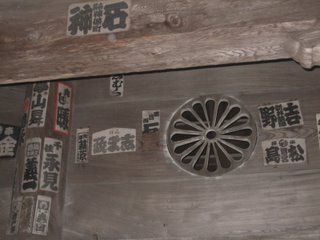













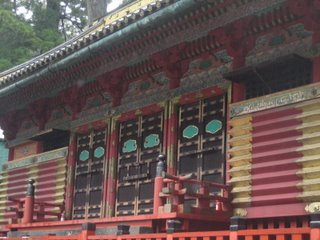
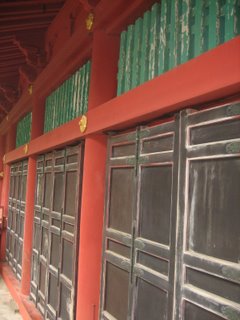
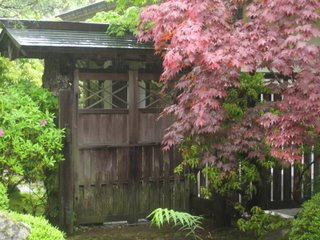












 "Enshrine my dead body in Mt. Kuno (His hometown in Shizuoka prefecture) for the first year of the death. (Omission) And build a small shrine in Nikko and enshrine me as the God. I will be the guardian of Japan."
"Enshrine my dead body in Mt. Kuno (His hometown in Shizuoka prefecture) for the first year of the death. (Omission) And build a small shrine in Nikko and enshrine me as the God. I will be the guardian of Japan."



